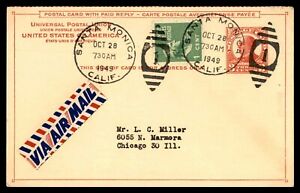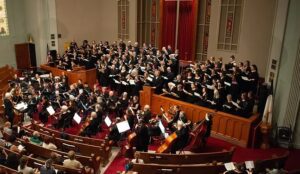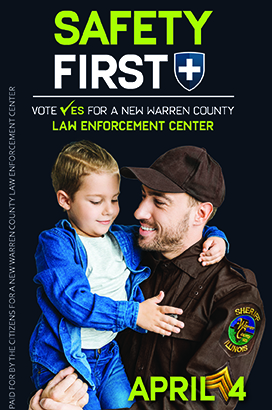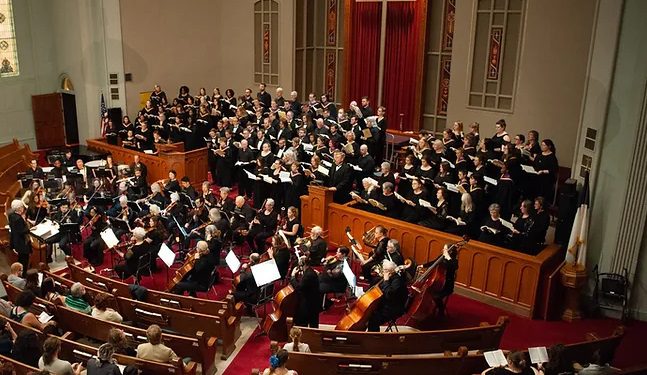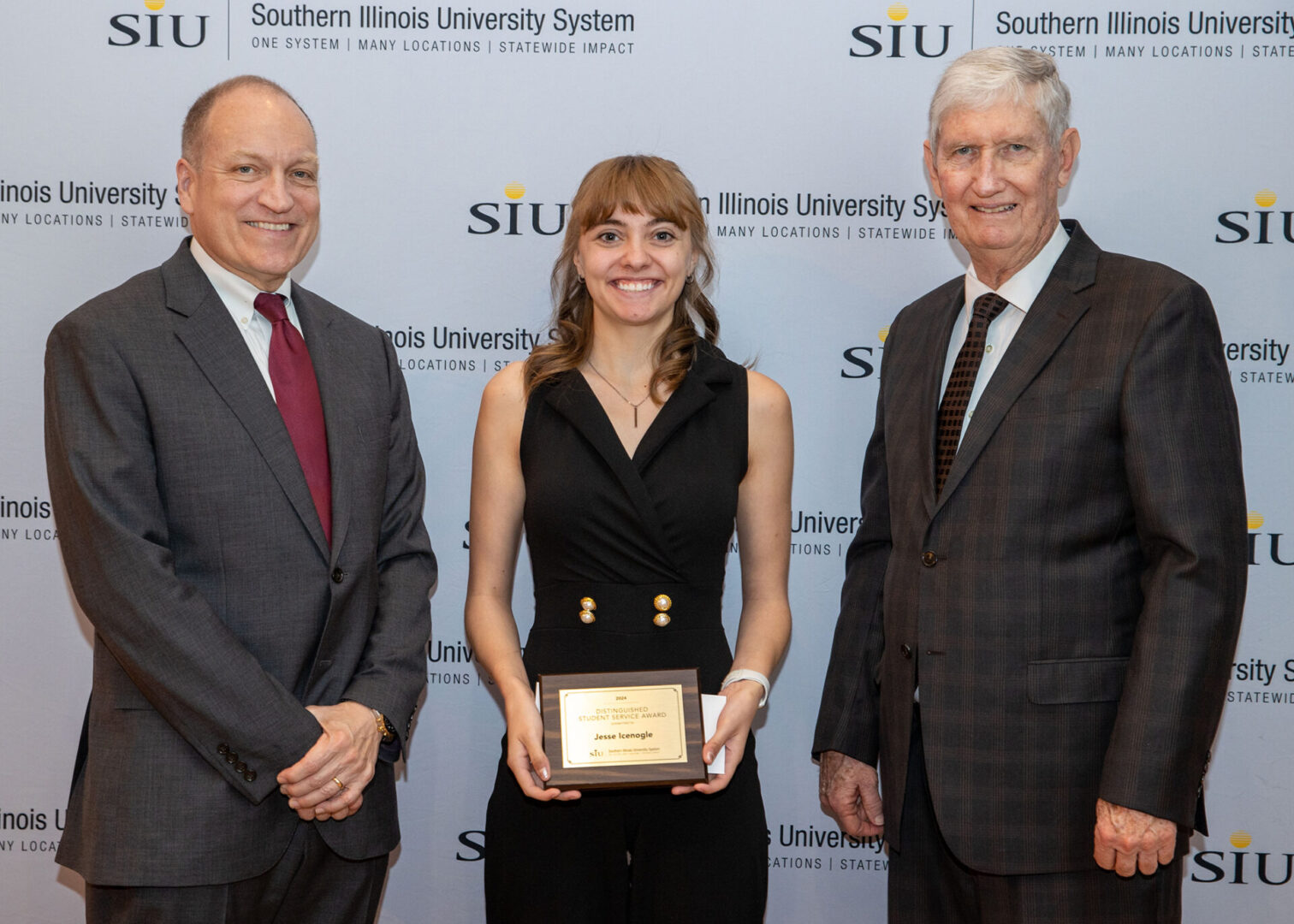THE DAY LOCAL PILOTS DELIVERED AIR MAIL
I first heard stories about Monmouth’s remarkable role in the development of aviation from the late Ralph B. Eckley, a pioneer local pilot and early partner in the Monmouth Airport, the oldest continuing airport in Illinois. Among them were tales of how the three principal navigation systems for early aviation were developed in Monmouth.
Recently, I heard a new story from none other than Eckley’s son-in-law, Jim Haynes of Bushnell, a veteran pilot whose father was also an aviation pioneer. Haynes is also the acknowledged authority on western Illinois aviation history, having penned two scholarly histories on the subject.
Haynes called to tell me that he had just visited the Monmouth Post Office, where he learned that a new stamp had been released, honoring the centennial of U.S. Air Mail. That led him to recall the story of a national celebration of the 20th anniversary of Air Mail on May 15, 1938. The weeklong event, which is detailed in his two-volume 1998 book, “Shadows of Wings: An Aviation History of West Central Illinois,” involved Monmouth and several surrounding communities.
According to Haynes, the Post Office Department declared May 15-21, 1938, National Air Mail Week, but left it to individual states to determine how they would celebrate. The postmaster of Chicago decided that on May 19, all aerial mail in Illinois would be flown by Illinois pilots.
Through the supervision of the Illinois Air Commission and the cooperation of the Illinois Air Pilots Association, the state was divided along congressional district lines. Moline was selected as the terminal airport where all mail was collected, to be forwarded to the Air Mail system. It was announced that on May 19, eight private pilots would pick up air mail letters from post offices in Abingdon, Alexis, Avon, Bushnell, Canton, Carthage, Cuba, Farmington, Galesburg, Gerlaw, Lewistown, London Mills, Macomb, Monmouth, Nauvoo and Vermont. Other area villages would have their air mail transported by automobile to neighboring towns that had aerial pickup.
To help spread the word, some rural postmasters placed a message in patrons’ mailboxes encouraging them to mail an air mail letter on the 19th, at a cost of 6 cents (as opposed to the regular rate of 3 cents).
Monmouth, Galesburg, Macomb and Nauvoo already had official mail flights originating from their airports, but other potential landing sites had to be searched out. Pilots, including Haynes’s father, Thatcher, scoured farm fields throughout the district. Since clover and oats were in the small-growth stage at that time of year, farmers were somewhat open to allowing landing privileges.
With mail due at Moline no later than 4:30 p.m., pilots observed strict time schedules. After landing at a designated field, they secured their plane, took an oath from the postmaster, presented a certificate of authorization, and signed a trip report, regarding the number of pieces of mail, weight of pouch, etc.
Observances varied from town to town, but each post office had a unique cachet designed for the celebration. The cachets were stamped on red, white and blue-bordered air mail envelopes provided free of charge to postal patrons. Some communities dismissed school so students could attend ceremonies, which variously included parades, bands, color guards and speeches.
Three flights originated from Monmouth Airport, with the city’s own air mail flown by David W. Moffatt. Postmaster A.D. Irey delivered pouches containing 1,389 letters to the airport shortly before 3 p.m. One of the other two pilots leaving from Monmouth was Jim Haynes’s dad, “Thatch,” who departed at 2 p.m. in a Curtiss Robin NC8352 and a few minutes later landed in a clover field one mile east of Gerlaw.
Haynes was met by Gerlaw postmistress Lena Miller, who handed over a pouch containing 60 letters—nearly equaling the population of the village, most of which turned out for the ceremony. He then flew on to Alexis, where his tail skid sank into the soft ground and several farmers pushed on the wing struts to help him get airborne again. According to the Alexis Argus, “several of those attending climbed into their cars and beat a hasty start from Moline to see if they could get there before Thatch.”
Jim Haynes, who was not quite 6, said he was a spectator at either Gerlaw or Alexis, but can’t recall which.
A total of 177 Illinois pilots flew mail that day, only three of which suffeed minor mishaps. The eight western Illinois pilots, who were back at their home bases by 6 p.m., each received a certificate of appreciation signed by U.S. Postmaster General James Farley, and a letter of appreciation from Illinois State Chairman Ernest J. Kruetgen thanking them for delivering the mail “at no cost to the government.”
For Maple City Memories, I’m Jeff Rankin.


